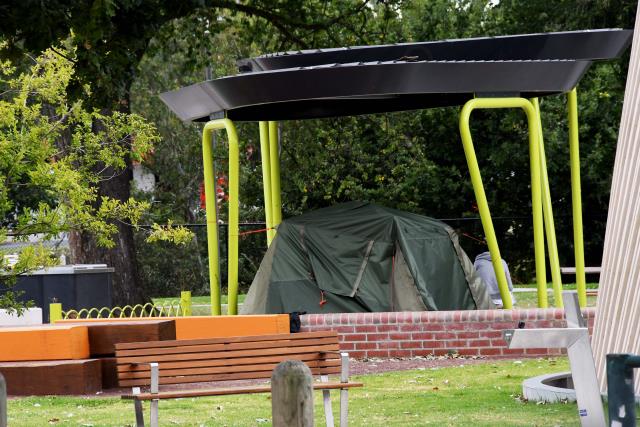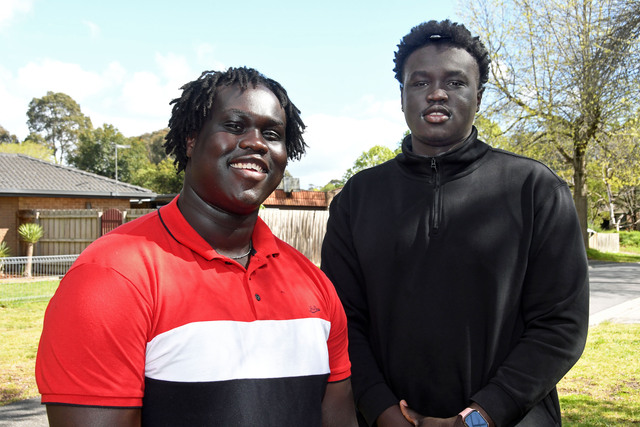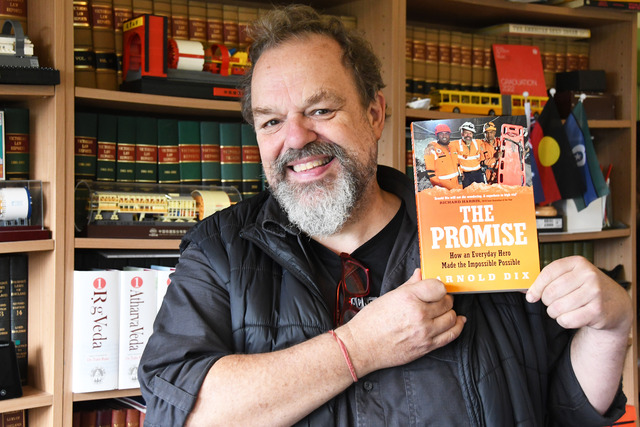Rentals are increasingly out-of-reach for many in what is a “housing crisis” in the South East, according to the region’s leading housing and homelessness service provider.
Wayss chief executive Wayne Merritt says house prices and rentals are on the “fastest growth trajectory on record” across the region and the whole of Victoria.
“This puts even rental properties in our region out of reach for so many people, especially those on low incomes and those who are dependent on government benefits.
“People end up staying in short term crisis accommodation and other sub-standard living environments because there is simply no other option.”
In February, a Wayss manager told a City of Greater Dandenong community safety advisory committee that there’s a rising number of families with “nowhere to go”.
About 42 families with 100 children were being housed in hotels as emergency accommodation during the pandemic.
The looming challenge for Wayss is in the post-pandemic – to find ongoing private rentals for those families.
Ahead of the 2022 federal and state elections, City of Greater Dandenong has nominated affordable and social housing as a key advocacy issue.
It states that the council area has the highest rate rate of homelessness and rental stress in the state, with the challenges of low-income levels, high unemployment, substantial refugee settlement and lower mental and physical health outcomes.
The council is also calling for an increase in Commonwealth rent assistance, JobSeeker payments and income support for asylum seekers – which aren’t keeping pace with rent hikes.
“An increase in (Commonwealth rent assistance) is necessary so that families and individuals are not pushed out of the private rental market or forced into overcrowded living conditions,” the council states in its election advocacy document.
In the South East, the average weekly rent of a one-bedroom apartment costs at least three-quarters of a JobSeeker recipient’s meagre income.
Nearly nine out of 10 clients supported by Wayss are on government benefits. They are being squeezed out by “fierce competition” in the rental market, Mr Merritt says.
Anecdotally, an average of 30 people were applying for every affordable property in the South East.
Some applicants were offering several months’ rent in advance, he said.
“We’re seeing huge numbers attending all rental inspections and fierce competition from people who are earning a wage.”
There was also “huge rental stress” among tenants who do have roofs over their heads.
“Here at Wayss we have seen more people than ever before seeking assistance to pay their rent, including people who would not normally access our services.”
Wayss is calling for more government-funded social housing and an “appropriately-resourced” early-intervention model for people experiencing homelessness.
Mr Merritt praised the State Government’s recent $5.3 billion Big Housing Build announcement.
In what is touted Australia’s largest-ever investment in social and affordable housing, it will supply 12,000 new homes and 10,000 jobs a year over the next four years.







